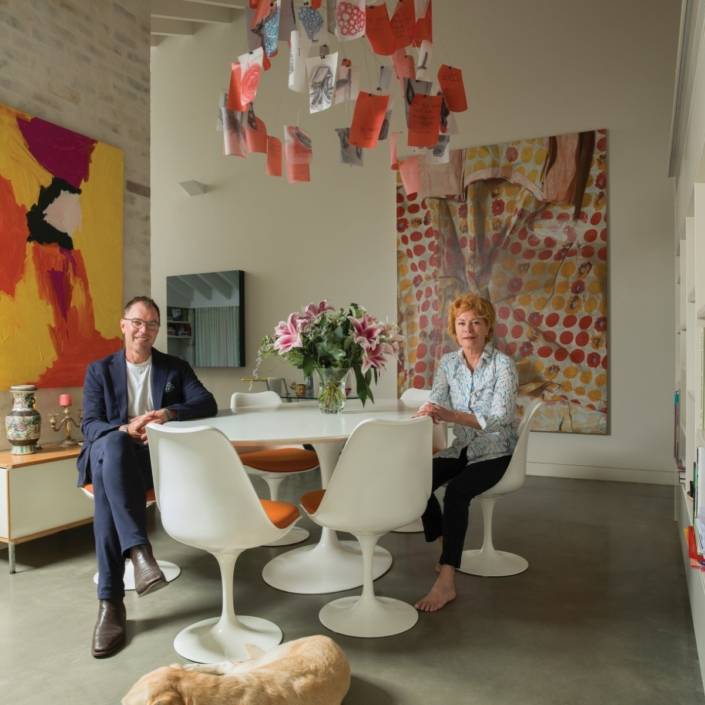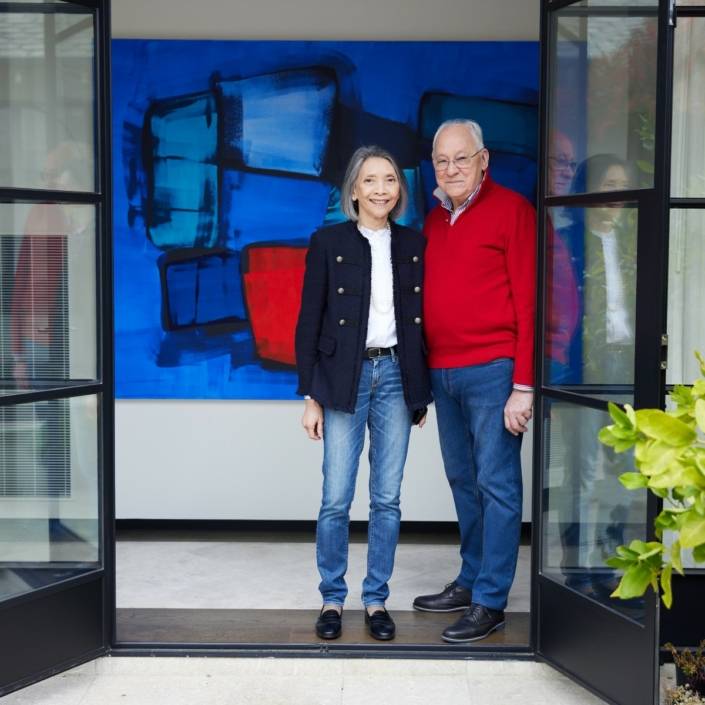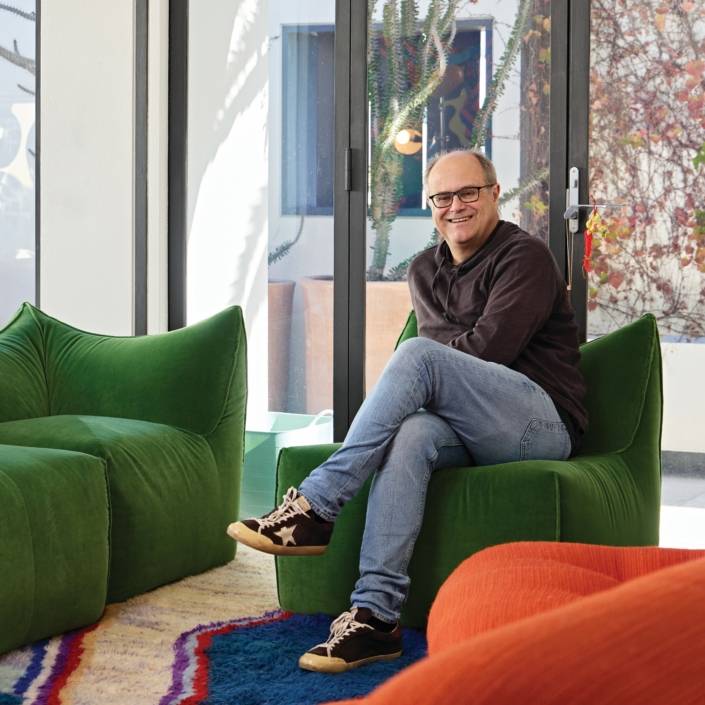Judith Neilson: A Travelling Eye
The art collection Judith Neilson displays at White Rabbit, her acclaimed private museum, is very different from the collection on show at her Sydney oceanfront home. But the approach is the same: confident and playful.
Words: Helen McKenzie
Photography: Zan Wimberley
As White Rabbit Gallery presents Reformation, its milestone 10th show since opening in 2009, founder Judith Neilson takes time to reflect on the gallery’s 65,000 visitors last year and top ranking in The New York Times list of what to do in Sydney. Neilson says “10 years ago the Australian public would have thought of Chinese art as flowers, birds and ink paintings” and readily admits that her own “eye has grown more and more because I have seen more and more”.
It took just five days from articulating that she would like to have a gallery for contemporary Chinese art to the acquisition of the building that is now White Rabbit Gallery. “We had no work to put in it,” Judith says with a laugh, “then I started collecting seriously on the Chinese side. Quite soon I had 30 artists in the first year and now I’ve got 400 from China and 50 from Taiwan.”
An avid collector since early childhood, Neilson makes it clear that collecting for the gallery and collecting for home are very different exercises. At Neilson’s ocean-side home in Sydney there is work by Chinese artists. Prominently displayed in the formal sitting room are a dozen cut-out works by friend, adviser and collaborator Wang Zhiyuan and four from his Underpants series, but additionally there are works from many parts of the world and these perhaps aptly reflect the personality of the collector; undoubtedly serious but with a keen sense of humour.
An arresting work titled Specimen by Korean Kim Hyun Gyoung in the dining room shows the artist at all stages of physical development. She has also collected a large silver fish-shaped serving dish from Portugal, a collection of cigarette cases belonging to Japanese servicemen and brightly painted Tibetan sideboards, restored after being saved from the invading Chinese by monks who painted them black to disguise their aesthetic charm.
In the comfortable downstairs sitting room, leather sofas and colourful Persian rugs are the backdrop for a truly international collection: a bright yellow plastic bucket incised with butterflies, snails and flowers is from South Africa; atop an Indian carved box sits an enamel rabbit from Austria and six Obama dolls; work by an English artist comprises 19 rows of 50 wine glasses fashioned from lolly papers; and a bowl is filled with glass bangles from India. Dominating the walls are three large tapestries with scenes from Disney’s animated Snow White movie superimposed on traditional scenes – a work by a Swiss artist, made in Belgium and bought in Miami.
Her daughter Paris Neilson, the gallery manager at White Rabbit, says: “With a background in graphic art, mum collects things most people would not consider art. She is a keen traveller and will always find beauty in something and make it special. She is a true collector.”
A few bottles from Judith Neilson’s substantial Coca Cola collection are also on display and there is a collection of carved wooden animals that she has bought with a new grandson in mind. Will the young lad, whose mother is Paris, start collecting at 18 months of age like his grandma?
Zimbabwean born, Judith Neilson tells the story of visiting relatives on the Kalahari as a toddler and being presented with a bell that had fallen from a horse’s bridle. She says: “That was the start of my collecting and I have still got the bell. Sixty- seven years ago it was quite a privilege to be given something like that, it was fantastic.” As a tribute, or perhaps for good luck, bells were embedded during the pour of the concrete slab floors at White Rabbit Gallery.
Her energy is necessary. Collecting for the gallery is challenging and Neilson speaks little Chinese. “Every single piece we bring to Australia has to go to the Minister for Culture and they decide whether or not we can take it out. We’ve been knocked back a couple of times,” she says. “I go [to China] 40 days a year and very often until I get on the plane on the way back I haven’t seen or spoken to another white person. I don’t know how I survive. I go to meals in people’s homes but there is never a problem, somehow there is always an understanding. I buy everything visually, I do not care who it is by or what it is about; if it doesn’t attract me visually then I think it’s failed because it’s visual arts.” Judith Neilson has her trained eye on the future, concluding that there is more to look forward to from China. “I think it is absolutely bursting with creativity.”
This article was originally published in Art Collector issue 68, APR – JUN 2014.






